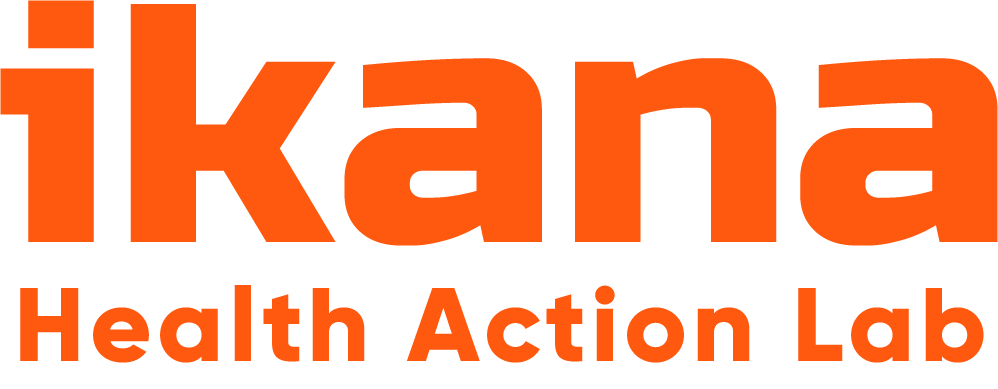Scientists predict that by 2050 drug resistant infections could kill 10 million people every year, more than cancer.
Currently underway is a global three-year reporting, awareness-building, solution-sharing, advocacy and change initiative focused on combating the global rise in resistant infections “superbugs.”
We are tackling the problem at a critical moment as the rise in resistant infections has been declared a global health emergency by the World Health Organization and global health leaders like Dame Sally Davies, the chief medical officer of Great Britain.
Many of the antibiotics that once saved the lives of millions of people have stopped working. Each year at least 700,000 people die globally from drug-resistant diseases. Scientists now predict that by 2050 drug resistant infections could kill 10 million people every year, more than cancer.
In our reporting, we are examining all aspects of the challenge: human use, animal use, and environmental practices. This is a global project that has us reporting from six continents. We are looking not only at the problem, but at new ideas and innovative drugs and vaccines, that can combat resistance.We will be highlighting the work of men and women -- mothers, fathers, doctors, nurses, engineers, scientists, economists and government leaders – change leaders, who are working to keep us healthy and safe.
“If we fail to act, we are looking at an almost unthinkable scenario where antibiotics no longer work and we are cast back into the dark ages of medicine.”
Telling the Story
- Feature Documentary Film and TV Programming across six continents, tailored to key regional resistant infection challenges.
- Series of long-form articles
- 100 + pieces of short content (video, graphic narrative, data visualization, text, VR)
- Educational toolkit for universities to engage next generation of healthcare workers
Designing Impact
- Dedicated digital AMR platform: combining original reporting, expert analysis, and community insights. It will also highlight best practices. The goal is to increase knowledge, bridge communities (animal, human, environmental), and provide best practice information.
- Global events: 75+ digital & in-person events in conjunction with partners that galvanize global action and build a community of advocates in the fight against resistant infections.
- Targeted local and national government action:
1) Responsible use of antibiotics in farm animals
2) Reduce environmental contamination by antimicrobial agents.
3) Create new models that support development of antibiotics and vaccines
4) Elicit increased country and local commitments to stewardship, infection control, and early detection of AMR outbreaks
Delivering Health Outcomes
We are galvanizing 5 communities in their 360° approach to decrease resistant infections in humans and animals. In these communities we will create a system for tracking and working toward the following metrics and goals:
Increase
- Public health literacy about resistance
- Diagnoses of resistant infection
- Early detection of resistance
- Results on infection control evaluations
Decrease
- Inappropriate demand and use of antibiotics by the public
- Inappropriate antibiotic prescriptions by healthcare professionals
- Environmental contamination by resistant microbes
- Inappropriate use of antibiotics in animals
“The only reason that most chicken is so darn fat is it was fed antibiotics every day of its life.”



